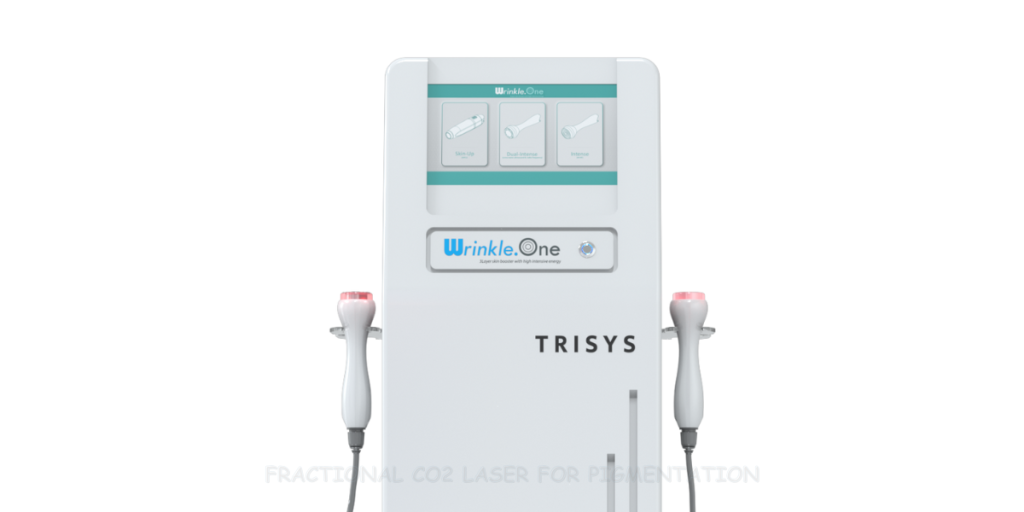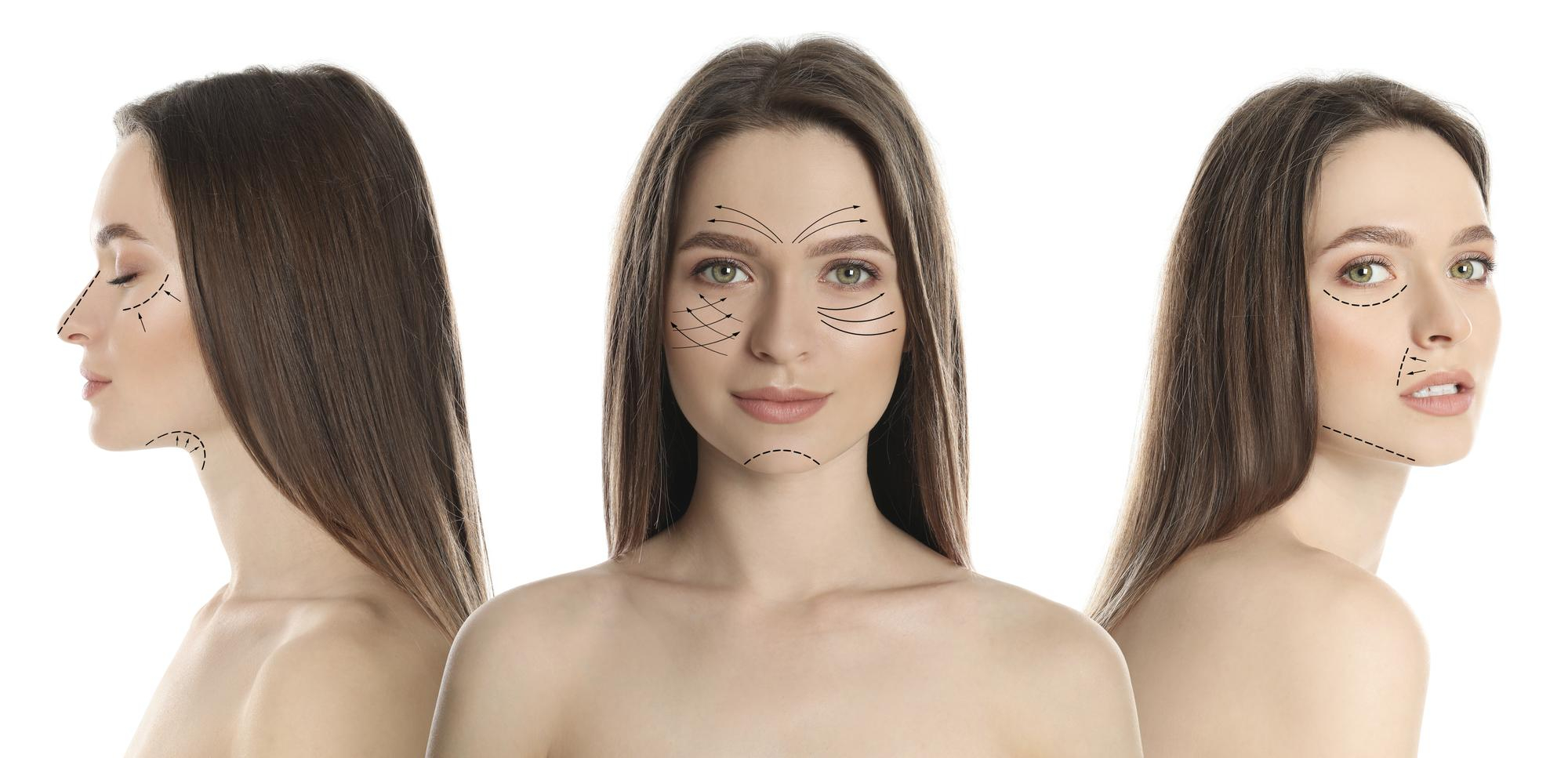Is Fractional CO2 Laser the Best Treatment for Stubborn Pigmentation?
Pigmentation problems—such as dark spots, sun damage, melasma, and uneven skin tone—are some of the most common concerns people face when it comes to skin health. While skincare products, peels, and facials can help to some degree, (fractional CO2 laser for pigmentation) stubborn pigmentation often requires more advanced solutions.
This is where fractional CO2 laser comes in. Known as one of the most powerful skin resurfacing treatments available, it has gained popularity worldwide for tackling pigmentation issues that don’t respond to conventional treatments. But is it truly the best treatment for pigmentation? Let’s explore in detail.
Understanding Pigmentation: Why It Happens
Before we dive into the treatment, it’s important to understand why pigmentation occurs. Pigmentation refers to the coloring of the skin caused by melanin, a pigment produced by skin cells. When melanin production becomes uneven or excessive, it leads to visible discoloration such as:
- Hyperpigmentation – Dark patches caused by sun exposure, hormonal changes, or skin trauma.
- Melasma – Brown or grayish patches, often linked to hormonal changes (e.g., pregnancy, birth control, thyroid issues).
- Post-inflammatory hyperpigmentation (PIH) – Dark spots left behind after acne, injury, or other skin inflammation.
- Age spots (liver spots) – Caused by long-term sun exposure and aging.
While topical creams and chemical peels may lighten mild pigmentation, deep or stubborn pigmentation often requires more advanced treatments like laser therapy.
What Is Fractional CO2 Laser for Pigmentation?
Fractional CO2 laser is an advanced skin resurfacing treatment that uses carbon dioxide (CO2) laser energy to target skin imperfections, including pigmentation. Unlike traditional CO2 lasers that treat the entire skin surface, the fractional method delivers laser beams in a grid-like pattern, treating only small “fractions” of the skin at a time.
This allows the laser to:
- Break down excess melanin that causes pigmentation.
- Stimulate collagen production, which repairs skin damage and rejuvenates the skin.
- Encourage natural skin renewal, replacing damaged pigmented skin with healthier, clearer skin.
Because only portions of the skin are treated in each session, healing is faster compared to traditional resurfacing methods, while still delivering strong results.
How Fractional CO2 Laser Works on Stubborn Pigmentation
The treatment works on multiple levels:
- Laser energy penetrates the skin – The CO2 laser creates controlled micro-injuries in the skin’s deeper layers.
- Melanin is fragmented – The laser breaks down clusters of melanin that cause dark spots and pigmentation.
- Skin begins repair – The body’s healing process removes damaged cells and replaces them with fresh, evenly toned skin.
- Collagen regeneration – Over time, collagen and elastin production increase, making the skin firmer, smoother, and healthier.
This multi-level approach makes fractional CO2 laser particularly effective for stubborn pigmentation that doesn’t fade with surface-level treatments like creams or peels.
Benefits of Fractional CO2 Laser for Pigmentation
Here are the top advantages of choosing this treatment:
- Effective on deep, stubborn pigmentation – Works where other treatments fail.
- Improves skin quality overall – Reduces wrinkles, scars, and texture issues in addition to pigmentation.
- Customizable treatment – The depth and intensity can be adjusted based on skin type and pigmentation severity.
- Stimulates collagen production – Provides long-term skin rejuvenation benefits.
- Long-lasting results – With proper sun protection and skincare, results can last for years.
Many patients notice improvements after just one session, but multiple sessions usually deliver the best outcomes.
What to Expect During the Treatment
If you’re considering fractional CO2 laser for pigmentation, here’s a step-by-step look at the process:
- Consultation – A dermatologist evaluates your skin type, pigmentation type, and suitability for the treatment.
- Preparation – Your skin is cleansed, and a topical numbing cream is applied to minimize discomfort.
- Laser procedure – The fractional CO2 laser device is passed over the treatment area, delivering controlled pulses of laser energy.
- Immediate after-effects – The skin may look red, swollen, or feel like a mild sunburn. Tiny scabs may form.
- Recovery phase – Over the next 5–7 days, the skin peels and renews, revealing fresher, clearer skin.
Recovery and Aftercare
Post-treatment care is crucial for safe healing and maintaining results. Key aftercare tips include:
- Sun protection is mandatory – Always use SPF 30+ sunscreen daily.
- Gentle skincare only – Avoid harsh scrubs or active ingredients (retinol, AHA/BHA) until the skin fully heals.
- Hydration – Keep the skin moisturized to speed up recovery.
- No picking or scratching – Allow scabs to heal naturally to avoid scarring.
Risks and Side Effects
While fractional CO2 laser is generally safe when performed by an experienced professional, some possible side effects include:
- Redness and swelling (common and temporary)
- Skin peeling and dryness during recovery
- Temporary darkening of pigmentation before it fades
- Risk of post-inflammatory hyperpigmentation (PIH) in darker skin tones
- Rare complications like infection or scarring (minimized with expert care)
This is why a dermatologist’s evaluation is essential before undergoing treatment.
Is Fractional CO2 Laser the Best Treatment for Pigmentation?
So, is it the best option? The answer is: it depends on the individual.
✅ Best suited for:
- Sun damage, age spots, and stubborn dark patches
- Pigmentation resistant to creams and peels
- Patients seeking skin rejuvenation along with pigmentation correction
⚠️ May not be the best for:
- Very sensitive or dark skin tones (due to PIH risk)
- Active acne, infections, or open wounds
- Melasma (can improve but may require combination therapy for long-term control)
Overall, fractional CO2 laser is one of the most powerful and effective treatments for pigmentation, but whether it’s the “best” depends on your skin type, pigmentation cause, and professional guidance.
Alternatives to Consider
If fractional CO2 laser isn’t right for you, other pigmentation treatments include:
- Chemical peels – Great for mild pigmentation.
- Microneedling with PRP – Stimulates collagen and lightens pigmentation.
- Q-switched laser or Pico laser – Targets pigmentation with less downtime.
- Topical treatments – Creams with hydroquinone, vitamin C, kojic acid, or retinoids.
Sometimes, the best results come from a combination of treatments recommended by your dermatologist.
Final Thoughts
Fractional CO2 laser for pigmentation is a proven, advanced treatment that goes beyond surface-level fixes. It not only reduces stubborn pigmentation but also improves overall skin health, making it one of the most effective long-term solutions available today.
However, it’s not a one-size-fits-all approach. The “best” treatment depends on your skin type, pigmentation cause, and expectations. Always consult a qualified dermatologist before starting treatment. With the right guidance and aftercare, a fractional CO2 laser could be the breakthrough that finally helps you achieve clear, even-toned, radiant skin.
FAQs on Fractional CO2 Laser for Pigmentation
1. How many sessions are needed for pigmentation?
Most patients need 2–4 sessions spaced 4–6 weeks apart for best results.
2. How long do results last?
Results can last for years with proper sun protection and skincare.
3. Is fractional CO2 laser painful?
Mild discomfort is common, but numbing cream makes it tolerable.
4. Can dark skin tones get a fractional CO2 laser?
Yes, but with caution. Darker skin tones carry a higher risk of PIH, so it must be done by an experienced dermatologist.
5. How much does a fractional CO2 laser cost?
Costs vary by location, clinic, and treatment area, but it is generally more expensive than chemical peels or creams due to its effectiveness.
Your Skin Deserves Expert Care
Not sure if a fractional CO2 laser is the best option for you? Talk to our specialists today and get a personalized treatment plan for stubborn pigmentation.
 Skip to content
Skip to content





